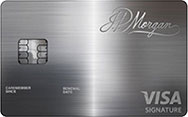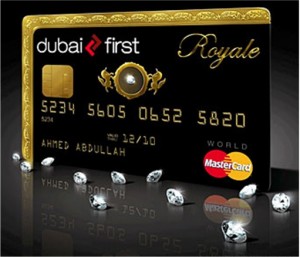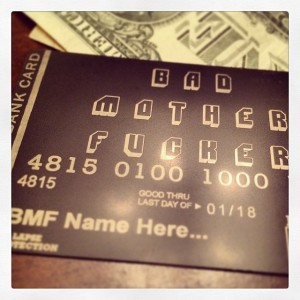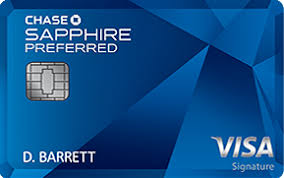Most credit cards are made out of plastic–it’s cheap and resilient, so what’s not to like? But if you want to differentiate yourself from the hoi polloi, metal cards are an easy way to do so. They’re also an expensive way to do so, which is why metal credit cards are for premium products. Let’s take a look at the metal credit cards out there.
Chase Sapphire Preferred: It’s not Chase Sapphire Preferred week anymore, but still: the CSP is the most famous metal card, the most popular one, as well as the cheapest with an annual fee of $95 (waived the first year). Though I’m obliged to point out that it’s not metallic all the way through–it’s actually metal sandwiched between layers of plastic. Still, it’s got more of a heft than most cards. And let’s not forget it’s high-end counterpart, the Chase Sapphire Reserve.
Chase Marriott: Chase does like the metal cards, don’t they? Unfortunately they all come with annual fees. In the case of the Marriott card, the annual fee gets you a “free” category 1-5 room every year, but I don’t think it’s worth it.
Chase Ritz Carlton and Chase United Club: We’re not done with Chase yet! They do like their metal credit cards, don’t they? The Chase Ritz Carlton can be a good deal if you snag the 140K offer. Andy has some good posts about this card here and here, while Travel Is Free just put up a solid post on another use of Marriot points you may or may not be familiar with.
J.P. Morgan Chase Palladium: Let’s have a look at this one:
Oh yeah… that’s palladium and 24K gold you’re looking at. You signature will be laser-etched onto it. But it’s got a $595 annual fee, and even if you’re willing to pay that, you have to have a private banking relationship with Chase, which would apparently involve at least $250K in assets. The benefits aren’t great: 2 Ultimate Rewards points per dollar spent on travel, 1 point everywhere else. There’s also a 35,000-point bonus if you spend $100,000, plus the requisite concierge (reputedly quite good) and some other benefits.
Amazon Prime Rewards card: Metal cards tend to be high-end products since it’s expensive to make metal credit cards (and to replace them when you lose them or the number gets stolen). If you want a metal card without an annual fee, give this one a look.
U.S. Bank Altitude Reserve: U.S. Bank’s 2017 entry into an increasingly crowded premium travel card market, it has some decent benefits plus a good sign-up bonus that can make it worth signing up for a year.
MasterCard Black Card: Issued by Barclays, this was originally the high-end card that nobody cared about since its benefits didn’t match the $495 annual fee. But hey, it was made out of stainless steel. They’re retooled it into a brand called the “Luxury Card”, possibly because Amex sued them for a trademark violation and won. You have three options: titanium, black, and gold, and the gold card may have a bonus big enough to make it worth getting for a year.
Amex Centurion: The gold standard of exclusive credit cards, this card is informally known as the black card, thus the lawsuit I just mentioned. It’s made of titanium and boasts an initiation fee of $7,500 plus an annual fee of $2,500 (but they still charge you a $38 late fee if you miss a payment). The card is invitation only. Amex won’t divulge its criteria, but eligibility is apparently based on things like income, spending, and possibly fame. If you’re eligible for the card, they’ll let you know.
Amex Platinum: Much more attainable than the Centurion, this one still has an annual fee of $550 (recently raised from $450). Those good-for-nothings also nuked the Centurion lounge benefit and made it family-unfriendly.
Dubai First Royale Card: Check this one out:
Yes, that’s gold trim on the top and the left with a diamond embedded in the center. No, there’s no “First Friday” with this card as there is with the Chase Sapphire Preferred.
Pure + Solid MasterCard debit card: If you’re a fool with too much money, these cards would be worth looking into. There are platinum, gold, and silver cards, each crafted using their eponymous metals, which is why the Platinum one will set you back $38,690.
Your Own Customized Metal Card: I had no idea this company existed, but apparently the good folks at Metal-CreditCard.com will convert any credit card you want into a metal credit card with a design of your choice for $149. Here’s one possible design from the company’s website:
This would be a great design to do manufactured spending with! What clerk is going to tell you they won’t accept a card like that?
The downside is that if your credit card number happens to get stolen, you’ll have to pay $149 for a new card.
That’s all I’m aware of… did I leave any out?






Recent Comments